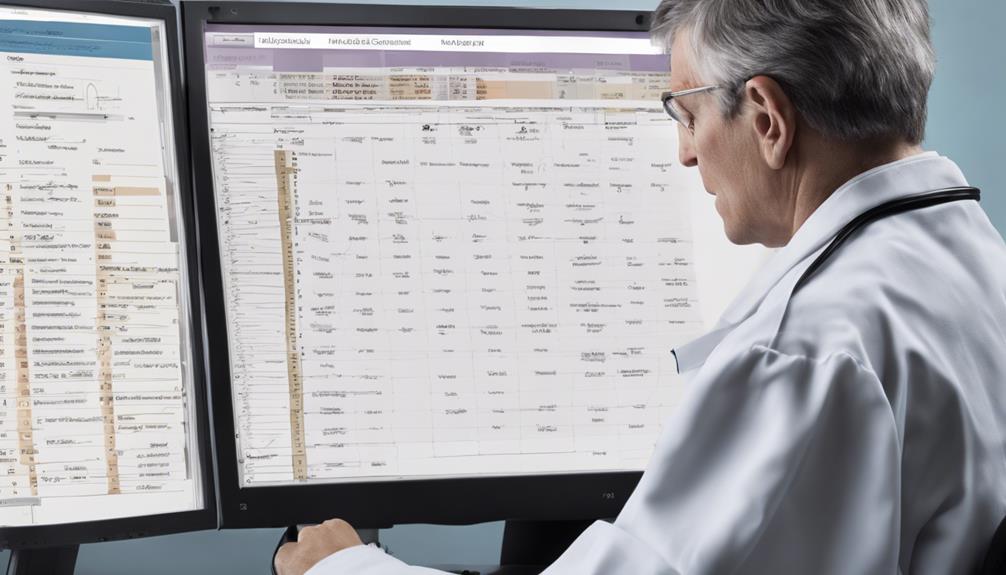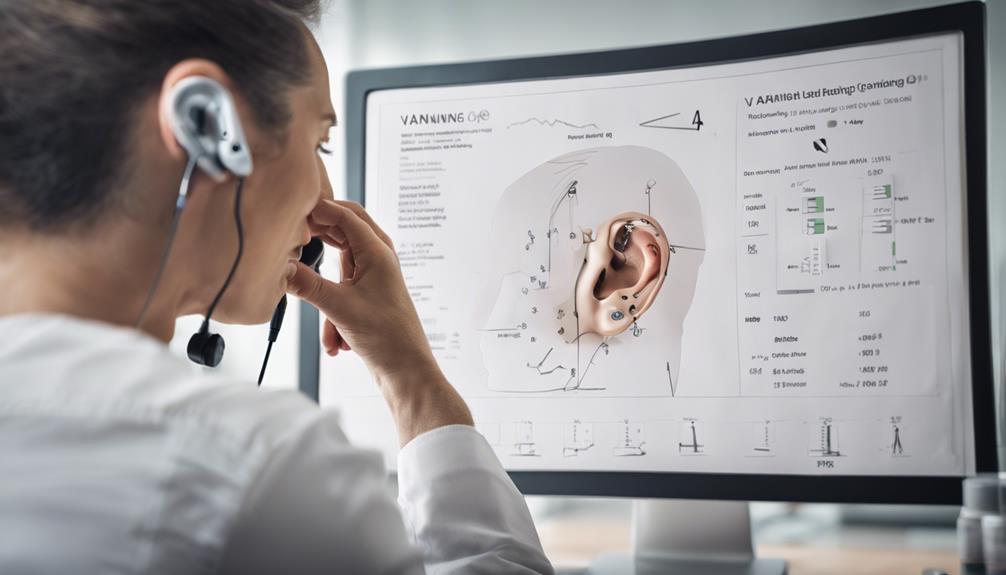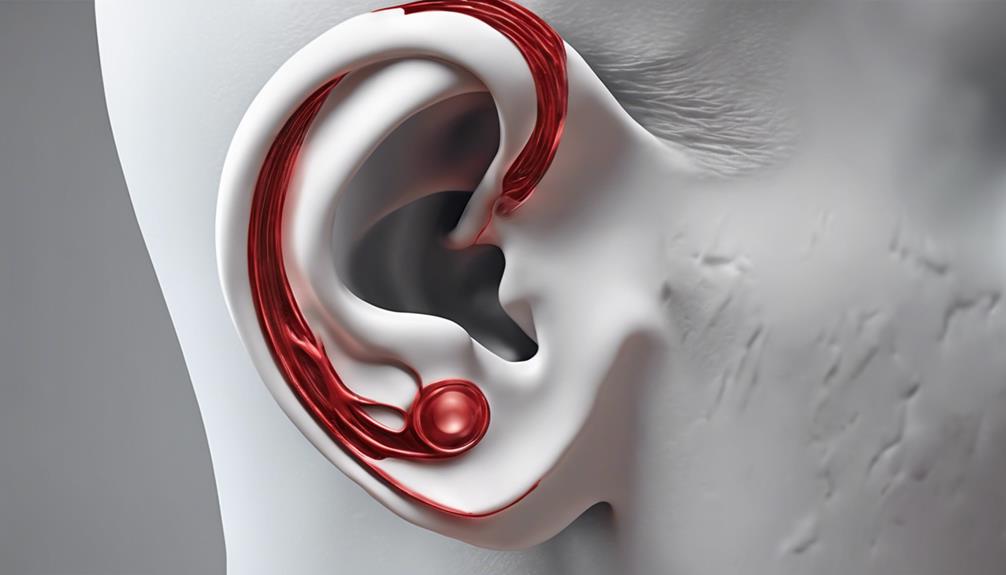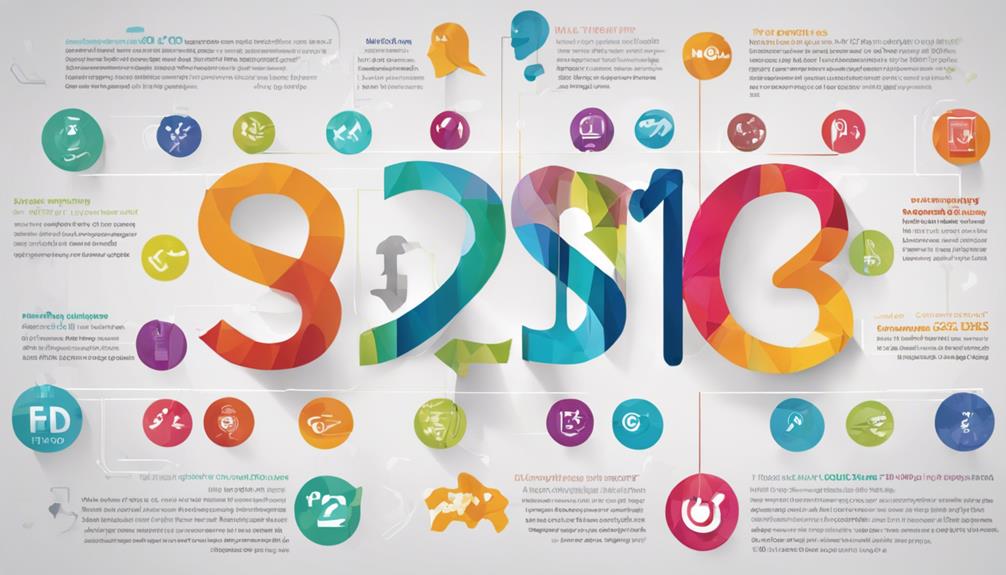When assigning ICD codes to sensorineural hearing loss, it is akin to piecing together a complex puzzle where each symptom is crucial.
As we delve into this intricate world of coding, we uncover the importance of capturing the nuances of this condition. From the subtlest of cues to the most glaring indicators, our precision in documenting these details shapes the treatment path ahead.
Join us in unraveling the intricacies of coding for sensorineural hearing loss, where clarity and specificity lead the way to optimal care.
Key Takeaways
- Accurate ICD coding like H90.3 is vital for documenting sensorineural hearing loss.
- Understanding sensorineural hearing loss causes aids in precise diagnosis and treatment planning.
- Adherence to ICD-10-CM guidelines ensures proper categorization and billing accuracy.
- Detailed documentation of type, severity, and impact is crucial for effective management and reimbursement.
Importance of Accurate ICD Coding
Understanding the critical importance of accurate ICD coding is fundamental in ensuring optimal diagnosis and treatment planning for sensorineural hearing loss. Properly assigning the diagnosis code, such as H90.3 for bilateral sensorineural hearing loss, is crucial in the field of audiology. This specific ICD code not only aids in precise documentation but also helps in reflecting the severity and type of hearing loss accurately.
By using the appropriate ICD-10 code, healthcare providers can streamline billing processes and ensure correct reimbursement for audiology services. Moreover, accurate ICD coding plays a significant role in tracking patient progress and monitoring outcomes in audiology care. It provides a standardized method for documenting and communicating diagnoses, enabling healthcare professionals to deliver high-quality and effective treatment interventions tailored to each individual's specific needs.
In essence, meticulous attention to ICD coding enhances the overall quality of care provided to patients with sensorineural hearing loss.
Understanding Sensorineural Hearing Loss
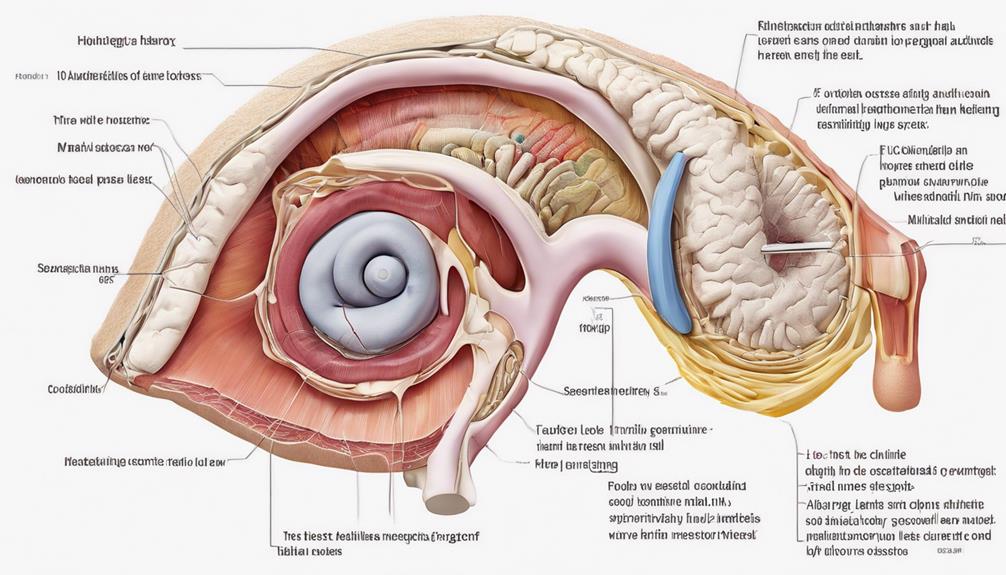
With damage to the inner ear or auditory nerve, sensorineural hearing loss is a condition characterized by difficulties in understanding speech, hearing faint sounds, and distinguishing between different sounds.
Here are some essential points to understand about sensorineural hearing loss:
- Sensorineural hearing loss (H90.3) is commonly caused by damage to the inner ear or auditory nerve.
- This type of hearing loss can result from various factors, including aging, exposure to loud noise, genetic predisposition, infections, and certain medications.
- Diagnosis of sensorineural hearing loss often involves audiometric testing to evaluate the extent and nature of the hearing impairment.
- Treatment options for individuals with sensorineural hearing loss may include the use of hearing aids, cochlear implants, auditory training programs, and assistive listening devices.
Understanding these aspects of sensorineural hearing loss is crucial for proper management and support of individuals experiencing this condition.
ICD-10-CM Coding Guidelines
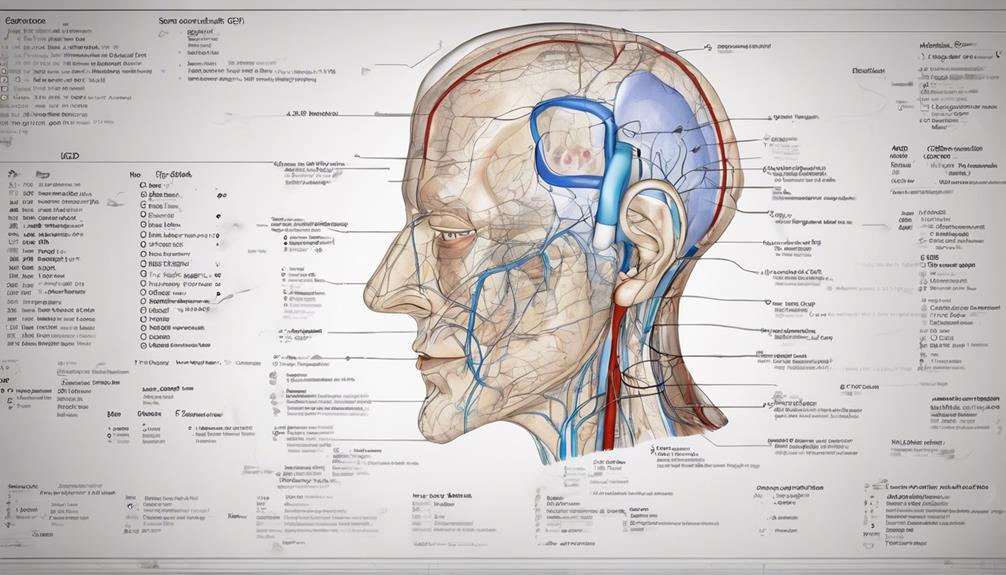
Damage to the inner ear or auditory nerve necessitates precise ICD-10-CM coding guidelines for accurately documenting sensorineural hearing loss. When assigning ICD codes for sensorineural hearing loss, specifically the bilateral condition, it's essential to refer to the designated code H90.3.
This ICD code falls under the category of Diseases of the ear and mastoid process and carries the official long descriptor of 'Sensorineural hearing loss, bilateral.' Adherence to the coding guidelines outlined in ICD-10 is crucial to ensure proper categorization and billing accuracy.
It's important to note that the Excludes1 notes for H90.3 encompass conditions such as deaf nonspeaking NEC, noise-induced hearing loss, and sudden (idiopathic) hearing loss. Familiarizing oneself with these guidelines is imperative for healthcare professionals involved in the diagnosis and treatment of individuals with bilateral sensorineural hearing loss to facilitate precise documentation and coding practices.
Specific ICD Codes for Hearing Loss

For accurate categorization and billing related to hearing loss, specific ICD codes play a crucial role in healthcare documentation and coding practices. When it comes to sensorineural hearing loss, using the correct ICD-10 code is essential for conveying accurate information about the patient's condition. In the case of bilateral sensorineural hearing loss, the code H90.3 is specifically designated for such instances. This code falls under the category of Diseases of the ear and mastoid process, providing a clear classification for this type of hearing impairment.
ICD-10 code H90.3 is utilized for sensorineural hearing loss, particularly in bilateral cases. This specific code helps differentiate sensorineural hearing loss from other types of hearing impairments. Understanding the detailed coding information and guidelines for H90.3 is crucial for accurate documentation. Excludes1 notes associated with H90.3 highlight conditions that shouldn't be coded alongside this specific diagnosis, such as noise-induced or sudden hearing loss.
Documentation and Billing Best Practices

To ensure accurate billing and documentation for sensorineural hearing loss, we prioritize detailing the type, severity, and laterality of the condition in the patient's medical records. It is crucial to include specific information on the onset, duration, and impact of sensorineural hearing loss to support proper ICD-10-CM coding. By utilizing precise codes like H90.3 for bilateral sensorineural hearing loss, we ensure correct billing and effective treatment planning. Additionally, verifying the necessity of any supplementary diagnostic tests or evaluations related to sensorineural hearing loss is essential to substantiate billing claims. Adhering to payer guidelines and coding principles is paramount to prevent claim denials and guarantee accurate reimbursement for services associated with sensorineural hearing loss.
| Type of Information to Document | Details Required |
|---|---|
| Type of hearing loss | Sensorineural |
| Severity | Mild, moderate, severe, profound |
| Laterality | Unilateral, bilateral |
| Onset | Acute, chronic, sudden |
| Impact | Functional limitations, communication difficulties |
Frequently Asked Questions
What Is the Diagnosis Code for Asymmetric Sensorineural Hearing Loss?
We assign the diagnosis code H90.3 for asymmetric sensorineural hearing loss. It signifies varying degrees of hearing loss in both ears. Accurate documentation is vital to reflect the severity discrepancy for proper coding.
Additional codes are necessary for specific characteristics or causes associated with the asymmetry. H90.3 aids providers in distinguishing between different types of sensorineural hearing loss, facilitating effective treatment planning.
What Is the ICD-10 Code for Bilateral Hearing Loss Unspecified Hearing Loss Type?
We've got you covered! The ICD-10 code for bilateral unspecified sensorineural hearing loss is H90.3. It falls under Diseases of the ear and mastoid process, denoting sensorineural hearing loss affecting both ears without specifying the cause or severity.
Accurate coding of this condition is crucial for diagnosis and treatment planning. Remember, H90.3 is the go-to code for bilateral unspecified sensorineural hearing loss when documenting in medical records.
What Is Sensorineural Hearing Loss Bilateral?
Sensorineural hearing loss bilateral is impaired hearing in both ears caused by inner ear or nerve damage. It leads to difficulty hearing faint sounds and understanding speech clearly.
Common causes are aging, genetics, loud noise exposure, and medical conditions. Diagnosis involves audiometric testing for each ear.
Treatment options include hearing aids, cochlear implants, and auditory training tailored to individual needs.
What Does H90 Mean?
When we see 'H90' in ICD-10 coding, it refers to sensorineural hearing loss. This code is specifically for bilateral sensorineural hearing loss, falling under Diseases of the ear and mastoid process.
Excludes1 notes for H90 include conditions like deafness NOS and noise-induced hearing loss. Accurate use of this code is crucial for coding bilateral sensorineural hearing loss correctly.
Conclusion
In the symphony of medical coding, precision is our baton, accuracy our melody. Just as a skilled conductor guides each note to perfection, assigning the correct ICD codes for sensorineural hearing loss orchestrates seamless treatment and billing.
With attention to detail and careful documentation, we harmonize the complexities of auditory health.
Let's continue to conduct our coding symphony with finesse and expertise, painting a masterpiece of care for those with auditory challenges.

